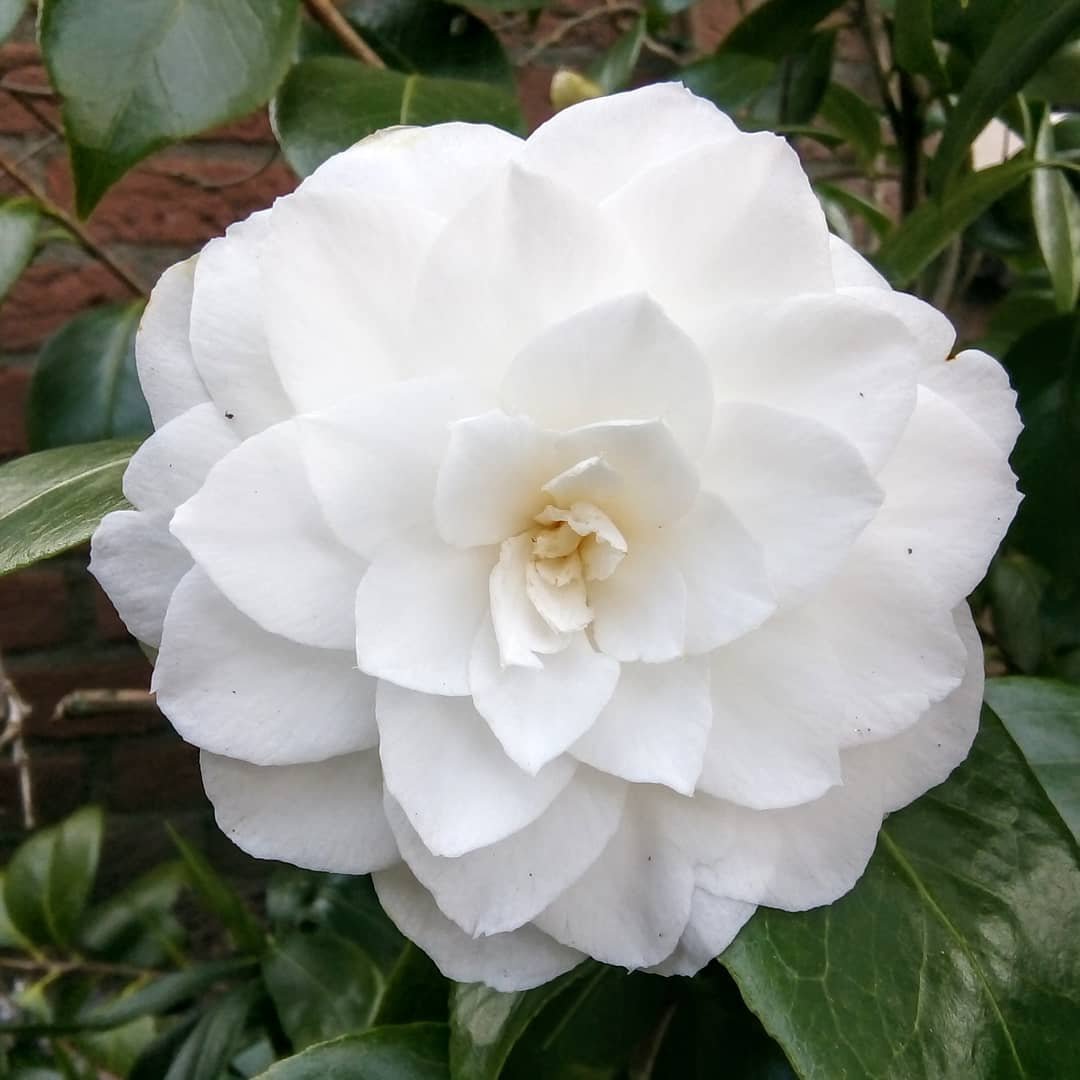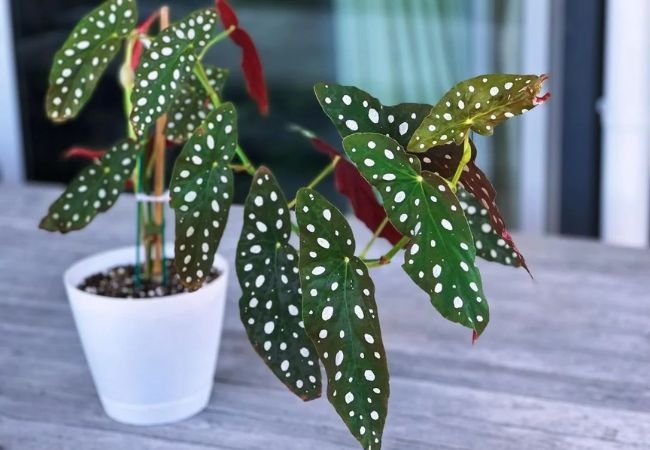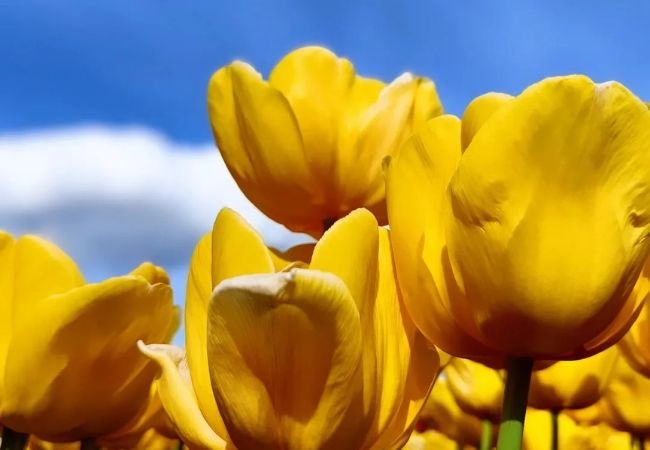Learn how to grow and care for White Camellia, a timeless flower known for its elegance and beauty. Discover essential tips on planting, maintenance and keeping these blooms thriving in your garden.
White Camellia are renowned for their stunning, pristine blooms and glossy evergreen foliage. These elegant flowers have captivated gardeners for centuries with their timeless beauty and symbolic meaning of purity and perfection. In this comprehensive guide, we’ll explore everything you need to know about growing and caring for White Camellias, ensuring these magnificent plants thrive in your garden.
Here’s a chart with detailed information about white camellias:
| Category | Information |
|---|---|
| Botanical Name | Camellia japonica or Camellia sasanqua |
| Common Name | White Camellias |
| Plant Type | Evergreen Shrub |
| Hardiness Zone | Zones 7-9 (some varieties can tolerate Zone 6) |
| Sun Exposure | Partial Shade to Full Shade |
| Soil Type | Acidic, well-drained, rich soil |
| Watering | Moderate; keep soil consistently moist |
| Growth Habit | Bushy, rounded |
| Height/Spread | 6-12 feet tall, 6-10 feet wide |
| Special Features | Pure white, elegant blooms; Evergreen foliage; Fragrant; Deer-resistant |
Understanding White Camellias

Before we dive into care tips, let’s get to know these beautiful plants better.
Origin and Varieties
Camellias are native to eastern and southern Asia, with a rich history in Chinese, Japanese, and Korean cultures. White Camellias typically belong to one of these species:
- Camellia japonica
- Camellia sasanqua
- Camellia reticulata
Some popular white varieties include:
- ‘Alba Plena’
- ‘Nobilissima’
- ‘White By The Gate’
- ‘Silver Waves’
Characteristics
- Evergreen shrubs or small trees
- Glossy, dark green leaves
- Large, white flowers (2-5 inches in diameter)
- Blooming period varies by species (typically fall to spring)
Planting White Camellias
Success with White Camellias starts with proper planting.
When to Plant
The best time to plant White Camellias is in the fall or early spring. This allows the roots to establish before extreme temperatures set in.
Choosing the Right Location
White Camellias prefer:
- Partial shade to filtered sunlight
- Protection from strong winds
- Well-draining, slightly acidic soil (pH 5.5-6.5)
Planting Process
- Dig a hole twice the width of the root ball and as deep as the container.
- Mix organic matter (like compost) into the native soil.
- Place the plant in the hole, ensuring the top of the root ball is level with the soil surface.
- Backfill with the soil mixture and water thoroughly.
- Apply a 2-3 inch layer of mulch around the base, keeping it away from the stem.
Caring for White Camellias
Proper care will ensure your White Camellias flourish and produce abundant blooms.
Watering
- Water deeply and regularly, especially during the first growing season.
- Maintain consistent moisture, but avoid waterlogging.
- Use a soaker hose or drip irrigation to keep foliage dry.
Fertilizing
- Feed with a slow-release, acid-forming fertilizer in spring after flowering.
- Apply a second light feeding in mid-summer if needed.
- Avoid over-fertilizing, which can lead to fewer blooms.
Pruning
- Prune after flowering to shape the plant and remove dead or weak branches.
- Avoid heavy pruning, as Camellias bloom on old wood.
- Remove spent flowers to encourage new growth.
Winter Protection
- In colder regions, protect plants from winter damage.
- Use burlap wraps or anti-desiccant sprays to prevent wind burn.
- Apply an extra layer of mulch before winter to insulate roots.
Common Problems and Solutions
White Camellias are generally hardy, but they can face some challenges:
Petal Blight
- Symptoms: Brown spots on petals that quickly spread.
- Solution: Remove and destroy affected blooms, improve air circulation.
Scale Insects
- Symptoms: Small, flat insects on stems and leaves.
- Solution: Use horticultural oil or insecticidal soap.
Yellowing Leaves
- Cause: Often due to chlorosis (iron deficiency) in alkaline soils.
- Solution: Apply iron sulfate or an acidifying fertilizer.
Propagating White Camellias
Extend your Camellia collection through propagation:
From Cuttings
- Take 4-6 inch semi-hardwood cuttings in late summer.
- Remove lower leaves and dip in rooting hormone.
- Plant in a mix of peat and perlite.
- Keep warm and moist until roots develop (usually 6-8 weeks).
Layering
- Choose a low-growing branch in spring.
- Make a small cut in the bark and dust with rooting hormone.
- Bury the cut section in soil, keeping the branch tip above ground.
- Once roots form (usually after a year), cut from the parent plant and transplant.
Enjoying White Camellias Indoors
Bring the beauty of White Camellias inside:
- Cut flowers in the morning when fully open.
- Recut stems underwater at a 45-degree angle.
- Remove leaves that would be below the waterline.
- Use clean, lukewarm water and flower preservative.
- Display in a cool location away from direct sunlight and heat sources.
White Camellias are a stunning addition to any garden, offering elegance and beauty with their pristine blooms and glossy foliage. With proper care and attention, these timeless plants will reward you with years of beautiful flowers. Remember to provide them with partial shade, well-draining acidic soil, and consistent moisture. Whether you’re a seasoned gardener or a beginner, growing White Camellias can be a rewarding experience that brings a touch of classic beauty to your outdoor space.
Learn more about Camellia varieties
Discover tips for growing Camellias in containers
Happy gardening, and enjoy the timeless elegance of your White Camellias!
For more gardening tips and plant care guides, visit usagardenhub.com.






